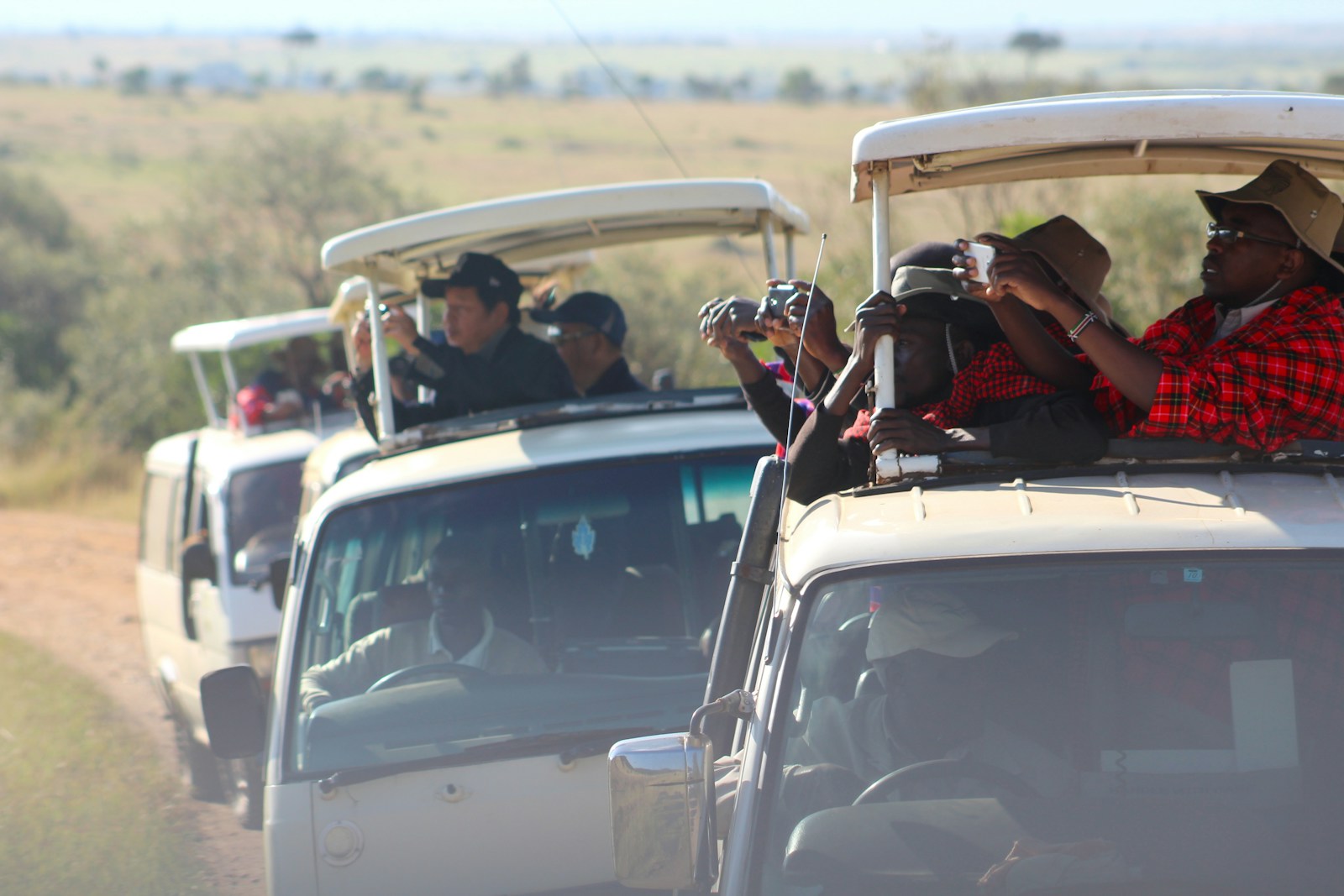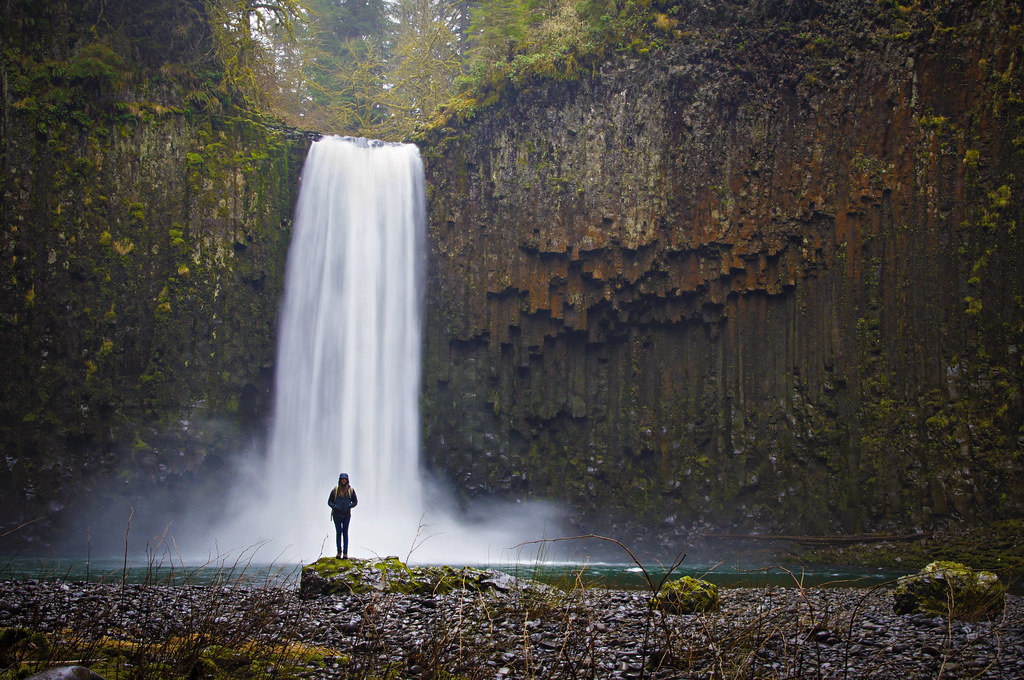If you’re an adventure seeker with a passion for wildlife, you’re in for a treat. We’ve curated a list of top wildlife hotspots that’ll leave you mesmerized and craving for more. These aren’t your typical tourist traps; they’re hidden gems where nature’s beauty unfolds in its rawest form.
Whether you’re an avid birdwatcher, a marine life enthusiast, or a fan of the big cats, there’s something for every wildlife lover. So, pack your binoculars, put on your hiking boots, and get ready to embark on a journey that’ll take you closer to nature than ever before.
Remember, it’s not just about the thrill of the adventure, but also about understanding and respecting the delicate balance of our ecosystem. So, let’s dive in and explore these wildlife hotspots that promise an unforgettable experience.
Africa: Maasai Mara National Reserve – A Haven for Wildlife Enthusiasts

The Maasai Mara National Reserve in Kenya frequently tops the list of must-visit wildlife hotspots in Africa. It offers unparalleled opportunities for sightings of the “Big Five” – lion, leopard, rhinoceros, elephant, and buffalo. This wildlife haven also plays host to one of nature’s most breathtaking events, the Great Wildebeest Migration.
Imagine yourself standing amid savannahs stretching out as far as your eyes can see, witnessing millions of wildebeests, zebras, and gazelles crossing the Mara River, in a life or death journey to find fresh grazing lands. It’s one of the greatest wildlife spectacles on Earth, one you’d appreciate if you’re passionate about wildlife.
A trip to the Maasai Mara isn’t just about the wildlife, though. It’s also about immersing yourself in the culture and traditions of the Maasai people. Learn about their pastoral lifestyle, their intimate relationship with the wildlife and their natural habitat. It’s an enlightening encounter, one that amplifies your wildlife experience by tethering it with humankind’s symbiotic relationship with nature.
For bird enthusiasts, a sojourn in the Maasai Mara is nothing short of a paradise. With over 400 bird species including the thrilling birds of prey, your binoculars will be kept busy.
To visit the Maasai Mara, July to October is typically considered the best season, when the landscape is teeming with wildlife because of the Great Migration. However, it’s quite a marvel to experience the Maasai Mara any time of the year with each season presenting a unique facet of this sprawling wildlife sanctuary.
We’ll journey next to a rainforest teeming with unique biodiversity, the Amazon Rainforest.
South America: The Galapagos Islands – Where Evolution Comes Alive
From the limitless expanses of Africa to the southern hemisphere’s diverse locales, our journey now takes you to South America’s Galapagos Islands. Situated 906 km west of continental Ecuador, these islands are a living testament to the theory of evolution. Named a UNESCO World Heritage Site in 1978, they present unique opportunities for you to encounter creatures that exist nowhere else on Earth.
Renowned worldwide for its unique biodiversity, the Galapagos support a rich variety of marine and terrestrial life. Species like the marine iguana, the giant tortoise, and the flightless cormorant will captivate you with their distinct adaptabilities. Each island has its own, different array of species, creating a complex interconnected habitat and a truly unique wildlife experience.
Adventure seekers are enticed by numerous activities that include birdwatching, snorkeling, hiking, and kayaking. Picture yourself snorkeling with playful sea lions and elegant manta rays, or hiking up the Sierra Negra Volcano for breathtaking views. Birdwatchers stand to witness diverse species including the Blue Footed Booby, the Galapagos penguin, and the Galapagos Hawk amongst others.
The best time to visit these islands depends on what you’re most interested in. For warm, sunny weather and calmer seas, the period from December to May is more suitable. However, wildlife activity is high all year round, which guarantees you’re likely to encounter various species regardless of when you visit.
Being extremely isolated from the mainland, the Galapagos Islands have developed unique, stunning ecosystems. This is a place where nature takes center stage, and wildlife roams without fear of humans. The Galapagos Islands are a living, breathing monument to evolution. You’re in for a once-in-a-lifetime wildlife experience that will leave you amazed long after your visit.
As we traverse the world’s greatest wildlife hotspots, our next stop will take us to the land down under: Australia’s Kangaroo Island. Known for its diverse wildlife and pristine natural beauty, it’s another can’t-miss spot for any nature enthusiast. Stay tuned as we continue our exciting journey around the world.
Asia: Ranthambore National Park – A Royal Abode of Tigers
With its vibrant biodiversity, extraordinarily rich cultural history, and raw, untamed wilderness – Ranthambore National Park is a must-visit for any wildlife enthusiast. Hailed as one of the finest wildlife reserves in Asia, this park, nestled in the heart of India, captures the essence of the country’s regal past and offers an unparalleled experience of close encounters with majestic tigers.
In stark contrast with the tranquil Galapagos Islands, Ranthambore teems with life and drama. Each corner of this sanctuary sings a different song, telling tales of the wild that are as old as the majestic fort that stands guard over the park. Here’s a very crucial fact: Despite its relative small size of around 392 square kilometers, the park is home to over 50 species of mammals including the formidable Bengal tiger, over 300 species of birds, and numerous additional species of reptiles and amphibians.
| Area size | Mammal species | Bird species | Reptile & Amphibian species |
|---|---|---|---|
| 392 sq km | 50 species | 300 species | numerous species |
Seeking solitude amidst nature, Ranthambore is your after haven. Opt for a jeep or canter safari, the major attractions at the park, and let yourself be led on an unforgettable journey deep into the heart of the wild. The main prize: the chance to observe the imposing Bengal tigers in their natural habitat. If you’re a keen birdwatcher, the park’s plethora of avian species will astound you. Time your visit to coincide with the reliable early morning or late afternoon safari times to maximize your wildlife viewing opportunities.
As you traverse the rough terrains, be prepared to be greeted by the ruins of bygone eras that dot the landscape. Ranthambore Fort, a UNESCO World Heritage Site, is another gem that awaits your discovery amidst the wild. The confluence of historic significance and biodiversity make Ranthambore a unique and intriguing destination.
The journey not ends here. It’s filled with more amazing wildlife destinations, the next one being Australia’s Kangaroo Island.
North America: Glacier National Park – A Paradise for Nature Lovers
Pack your bags and get ready to embark on the next leg of your journey. Welcome to the sheer alpine grandeur of Glacier National Park. Situated in the American Rocky Mountain Range, this vast expanse of wilderness covers almost one million acres and consists of two mountain ranges.
As soon as you step foot in this park, you’ll be greeted by over 130 lakes, hundreds of species of plants, and an array of wildlife – everything from mountain goats to grizzly bears. As a wildlife enthusiast, you’ll be pleased to learn that the park is home to a population of grizzly bears that is among the largest in the U.S. outside of Alaska. Here, you may also spot lynxes scampering through the undergrowth and wolverines prowling along the snowy expanses.
People-vehicle conflicts endanger these iconic, large mammals. Substantial efforts are being taken to maintain a safe and respectful distance from wildlife during your encounters. Therefore, your park visit will serve a dual purpose. It’ll offer you an unparalleled opportunity to explore the wild side of North America and contribute to wildlife preservation in a tangible way.
Not to be missed, the abundance of birds that make the park their home. Over 270 bird species grace this spectacular landscape, including the harlequin duck, the white-tailed ptarmigan, and the elusive peregrine falcon. Walking silently along Glacier National Park’s trails might even grant you a breathtaking sight of a majestic bald eagle soaring above, a sight you aren’t likely to forget.
Glacier National Park isn’t just about its flora and fauna. Make sure not to overlook the park’s breathtaking geological sights. With rock formations dating back over a billion years, you’re stepping into a living, breathing history of our planet’s evolution.
Remember to prepare for constantly changing weather conditions. Both warm clothing and rain gear should be in your bag. With over 700 trails to choose from, you’re bound to find one that suits your adventure level, be it an easy amble or a steep, challenging ascent.
Australia: Kangaroo Island – A Wildlife Lover’s Delight
Once you’ve marveled at the beauty of Glacier National Park, it’s time to head Down Under. Welcome to Kangaroo Island in Australia! Perhaps no other part of Australia encapsulates the country’s unique fauna in such a compact area.
Attracting nature-lovers and adventurers from around the globe, Kangaroo Island is very appropriately named. Overflowing with kangaroos, the island is also home to a wealth of other species, both common and unique. These include playful sea lions, vibrantly colored birds, and the elusive platypus. If bird-watching is your thing, Kangaroo Island is an avian nirvana. Birds of many feathers flock together here, from stunning black swans to endangered glossy black-cockatoos.
While the wildlife alone is priceless, the island also offers more than 509 km of splendid coastline. Great swathes of pristine sand and scenic walking trails await the avid explorer. You’ll find secluded coves harbor seals and rare bird species, while inland areas host endemic plants and wildlife.
Most visitors are also intrigued by Flinders Chase National Park, a treasure trove of remarkable rock formations. The park’s famed Remarkable Rocks and Admirals Arch are iconic features that add to the island’s appeal. Framed by the wild southern ocean, these geological wonders provide fantastic photo opportunities. They also remind us that time, wind, and waves have been sculpting Kangaroo Island for countless millennia.
One major tip for visiting Kangaroo Island: prepare to be thrilled but also, be prepared. Despite its diverse appeal, the island’s remoteness means cellular service is limited. Planning ahead and downloading essential information is highly recommended. Here, as in all wildlife hotspots, a good measure of respect for the natural world is crucial.
Our tour of wildlife hotspots continues, and next, we journey into the heart of Africa…
Conclusion: Uncover the Wonders of Wildlife in These Unexplored Hotspots
You’ve journeyed with us through some of the world’s most exciting wildlife hotspots. From the lush trails of Kangaroo Island to the diverse habitats around the globe, the thrill of discovery awaits you. Remember, it’s not just about the destination but also the journey.
Kangaroo Island, with its stunning coastline and vibrant wildlife, is a testament to that. But it’s also a reminder to be prepared. Limited cellular service means you’ll need to plan your trip carefully.
So, what are you waiting for? It’s time to pack your bags, grab your binoculars, and immerse yourself in the wonders of wildlife. The world is teeming with unexplored hotspots, each offering a unique adventure. Go ahead and experience the thrill of the wild. After all, it’s these experiences that make our planet so incredibly diverse and beautiful.
Frequently Asked Questions
What wildlife species can be found on Kangaroo Island?
Kangaroo Island is home to a variety of wildlife species. These include kangaroos, sea lions, a myriad of vibrant birds, and the elusive, semi-aquatic platypus native to eastern Australia.
How large is Kangaroo Island’s coastline?
Kangaroo Island boasts an impressive coastline stretching over 509 kilometers. This includes pristine beaches and scenic walking trails, each offering breathtaking views and unique experiences.
What should I consider before visiting Kangaroo Island?
Before your trip to Kangaroo Island, you should plan accordingly as the island has limited cellular service. This means that making arrangements for accommodation, transportation, and other requirements should ideally be completed before setting off for the island.


